Introduction & Short Summary
In an era marked by economic volatility, technological disruption, and lingering post-pandemic inequities, Trey and Chezare Bonilla’s Modern Guide to Being Poor and How to Fix It offers a roadmap for navigating financial hardships.
Updated with 2025 insights, this article critically examines the book’s 10 core lessons, evaluates their relevance in today’s socio-economic landscape, and integrates fresh data to empower readers with actionable strategies.
Top 10 Lessons from Modern Guide to Being Poor and How to Fix It
1. Understand Poverty’s Complexities: Beyond Individual Blame
The Bonillas emphasize poverty as a systemic issue intertwined with policy gaps, racial inequities, and access barriers. By 2025, global poverty rates are projected to hover at 7% (World Bank), but regional disparities persist: Sub-Saharan Africa faces a 35% extreme poverty rate, while advanced economies grapple with “in-work poverty” due to stagnant wages and inflation (8.7% in the U.S., per IMF).
2025 Context: Post-COVID recovery has been uneven. Automation and AI threaten 12 million U.S. jobs by 2025 (McKinsey), exacerbating income gaps. Housing costs have surged 45% since 2020, pushing 18% of urban populations into housing insecurity.
Critical Analysis: The book’s systemic lens aligns with modern discourse, but could delve deeper into intersectional factors like climate migration and gig economy precarity.
2. Shift Your Mindset: Resilience in the Face of Austerity
The authors advocate reframing poverty as a temporary challenge. While resilience is crucial, critics argue this risks oversimplifying structural barriers.
2025 Context: Mental health crises linked to financial stress have risen by 30% (WHO). Mindfulness apps and employer wellness programs now address this, yet accessibility remains unequal.
Critical Take: Mindset shifts are vital but must be paired with policy advocacy. Personal grit alone can’t dismantle systemic inequities.
3. Budget Wisely: Survival in the Inflation Era
The Bonillas’ budgeting advice remains foundational, but 2025’s 6.2% global inflation rate (IMF) demands nuance. For example, 40% of U.S. households now allocate 50% of income to housing and utilities.
Pro Tip: Apps like You Need A Budget leverage AI to track real-time spending, but digital literacy gaps limit reach. Follow free authentic blog & tools like Pocketandplans.com.
Critical Analysis: Traditional budgeting assumes stable incomes—obsolete for gig workers (projected to be 43% of the U.S. workforce by 2025).
4. Build Financial Literacy: Navigating a Digital Economy
Financial literacy reduces vulnerability, yet 63% of U.S. adults lack basic competency (FINRA 2025). Cryptocurrencies and “buy now, pay later” schemes add complexity.
2025 Innovations: Free platforms like Khan Academy offer crypto courses, while NGOs push for school curricula reforms.
Critical Gap: Literacy programs often overlook marginalized groups, perpetuating cycles of exclusion.
5. Create Emergency Funds: A Lifeline in Uncertain Times
The authors recommend emergency savings, but 2025’s average U.S. emergency cost is 2,500(FedReserve),while562,500(FedReserve),while561,000 expense.
Solutions: Micro-savings apps (e.g., Digit) automate small contributions, yet low-wage earners need policy-backed safety nets like universal basic income trials expanding in Brazil and Germany.
6. Leverage Community Resources: The Rise of Mutual Aid
Local resources are lifelines, but demand outstrips supply. U.S. food bank usage rose 40% since 2020, while digital platforms like Mutual Aid Hub connect donors directly to recipients.
2025 Trend: Decentralized blockchain charities enhance transparency, appealing to Gen Z donors.
Critique: Overreliance on community aid lets governments off the hook—systemic underfunding persists.
7. Focus on Skill Development: Competing with AI
Automation demands upskilling. By 2025, 50% of workers will need reskilling (WEF). Free certifications via Coursera and LinkedIn Learning bridge gaps, yet rural areas lack broadband access.
Emerging Fields: Green energy, AI ethics, and telehealth offer growth.
Critical Lens: The book undervalues soft skills like creativity, which AI can’t replicate.
8. Network and Seek Support: Digital vs. In-Person
Networking remains critical, but hybrid models dominate. LinkedIn’s job placement rate rose to 33%, while local “career circles” gain traction among marginalized groups.
2025 Insight: Algorithmic bias in hiring tools necessitates human-led mentorship programs.
9. Challenge Stigmas: Poverty in the Age of Social Media
Social media amplifies poverty narratives. Hashtags like #PovertyIsNotACrime foster solidarity, yet stigma persists: 62% of low-income Americans report workplace discrimination (Pew 2025).
Progress: Influencers and policymakers collaborate on anti-poverty campaigns, shifting public perception.
10. Set Realistic Goals: Ambition in an Unstable World
SMART goals are essential, but economic unpredictability requires flexibility. For instance, side hustles now contribute 28% of average household income.
2025 Strategy: Emphasize “anti-fragile” goals—adaptable to shocks like recessions or health crises.
Critical Analysis: How Modern Are These Theories?
The Bonillas’ strategies blend timeless principles (budgeting, literacy) with forward-thinking community focus. However, gaps emerge:
- Overemphasis on Individual Agency: While fostering resilience, structural solutions like living wage laws or universal healthcare receive scant attention.
- Tech Blind Spots: The guide underestimates AI’s disruption and digital divides.
- Cultural Relevance: Strategies assume Western contexts, neglecting Global South realities like informal economies.
Yet, its emphasis on systemic awareness and skill adaptation aligns with 2025’s demands, making it a relevant, if incomplete, toolkit.
Recommended Read
Exposing the Ugly Truth: Financial Mismanagement Uncovered by John Schwartz
Final Thoughts
The Bonillas’ guide remains a vital resource, but its efficacy hinges on pairing self-advocacy with collective action. As we navigate 2025’s challenges, addressing poverty demands both personal grit and relentless systemic reform
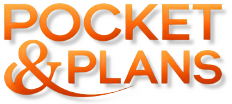
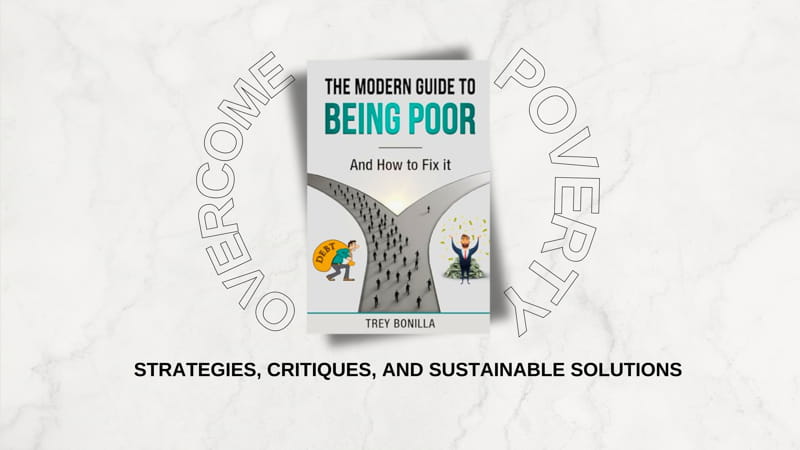


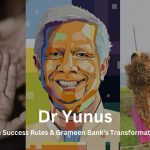

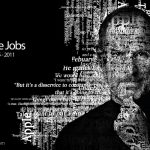
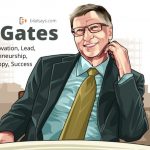
One Response